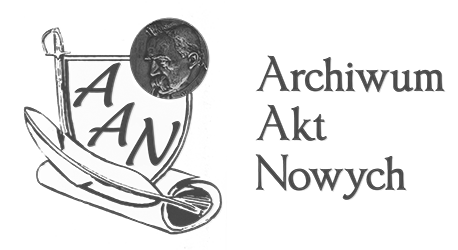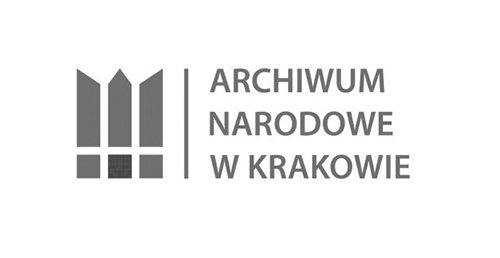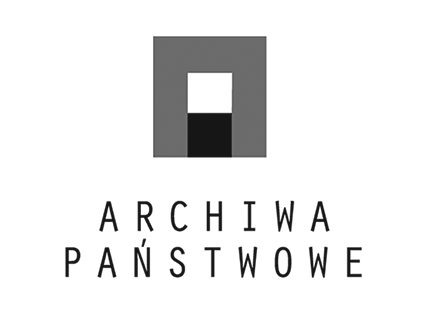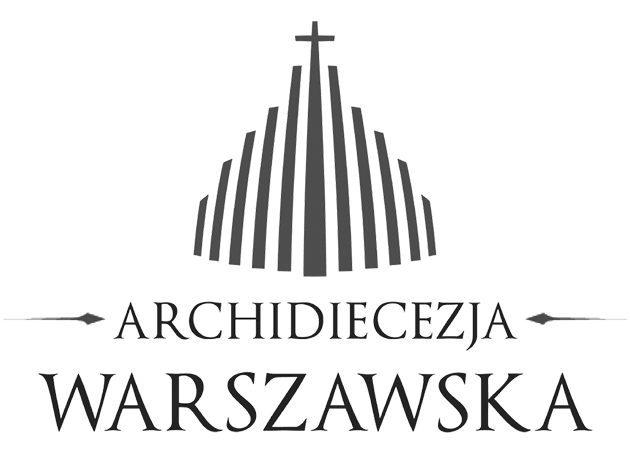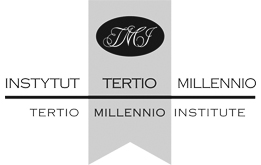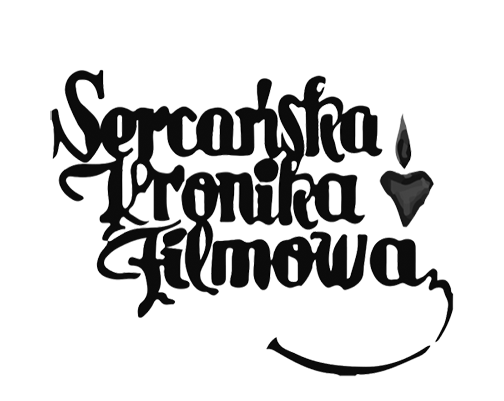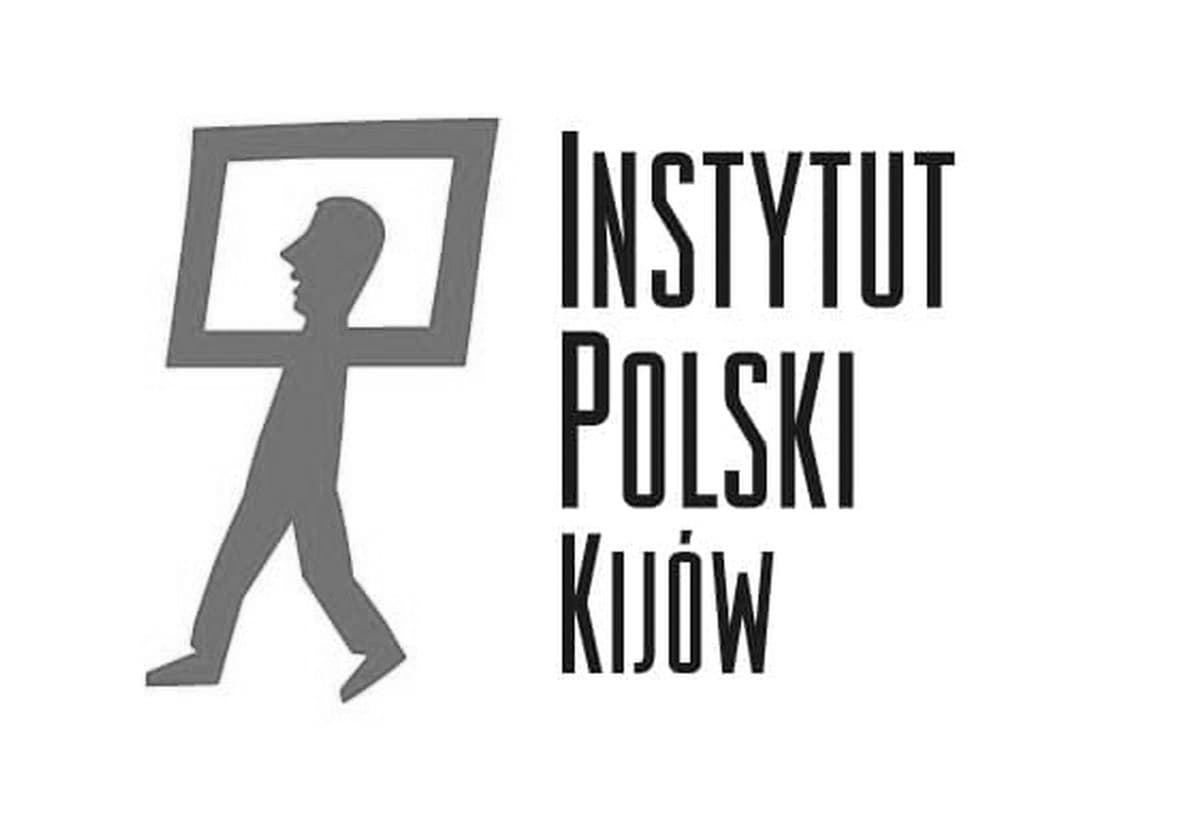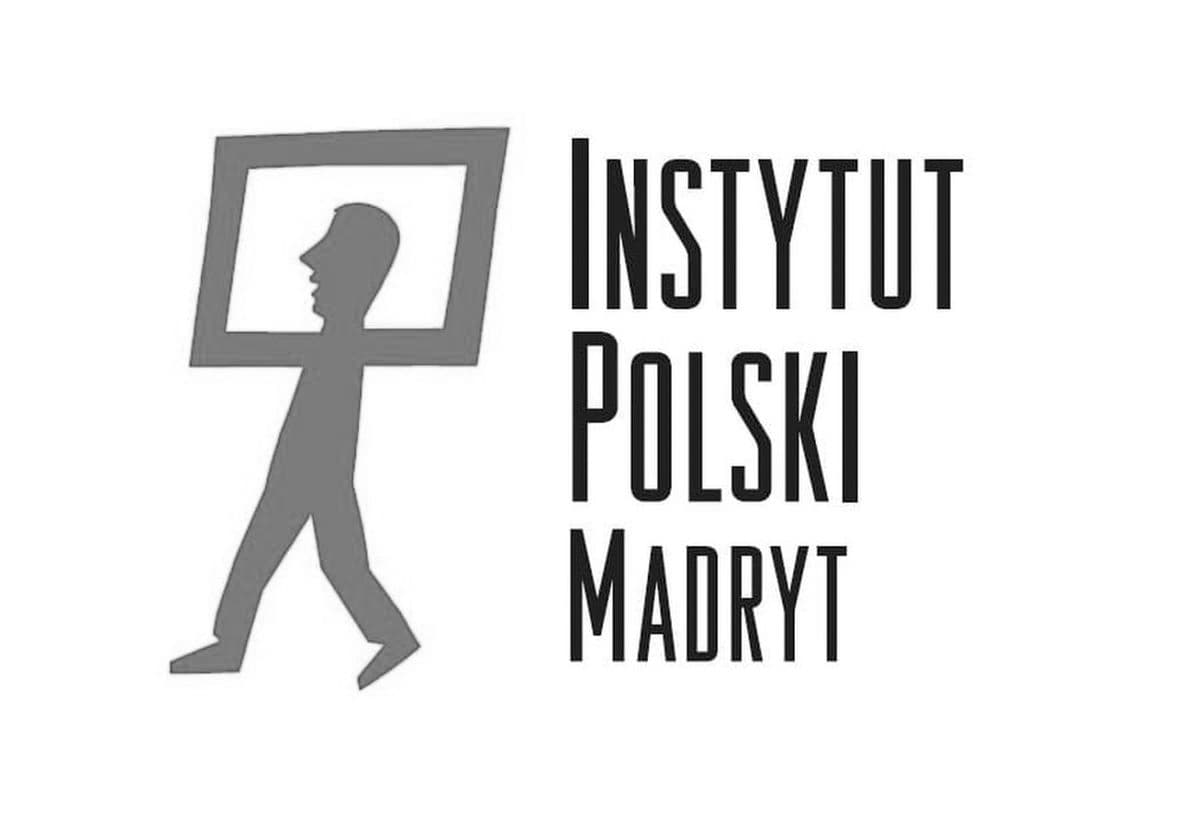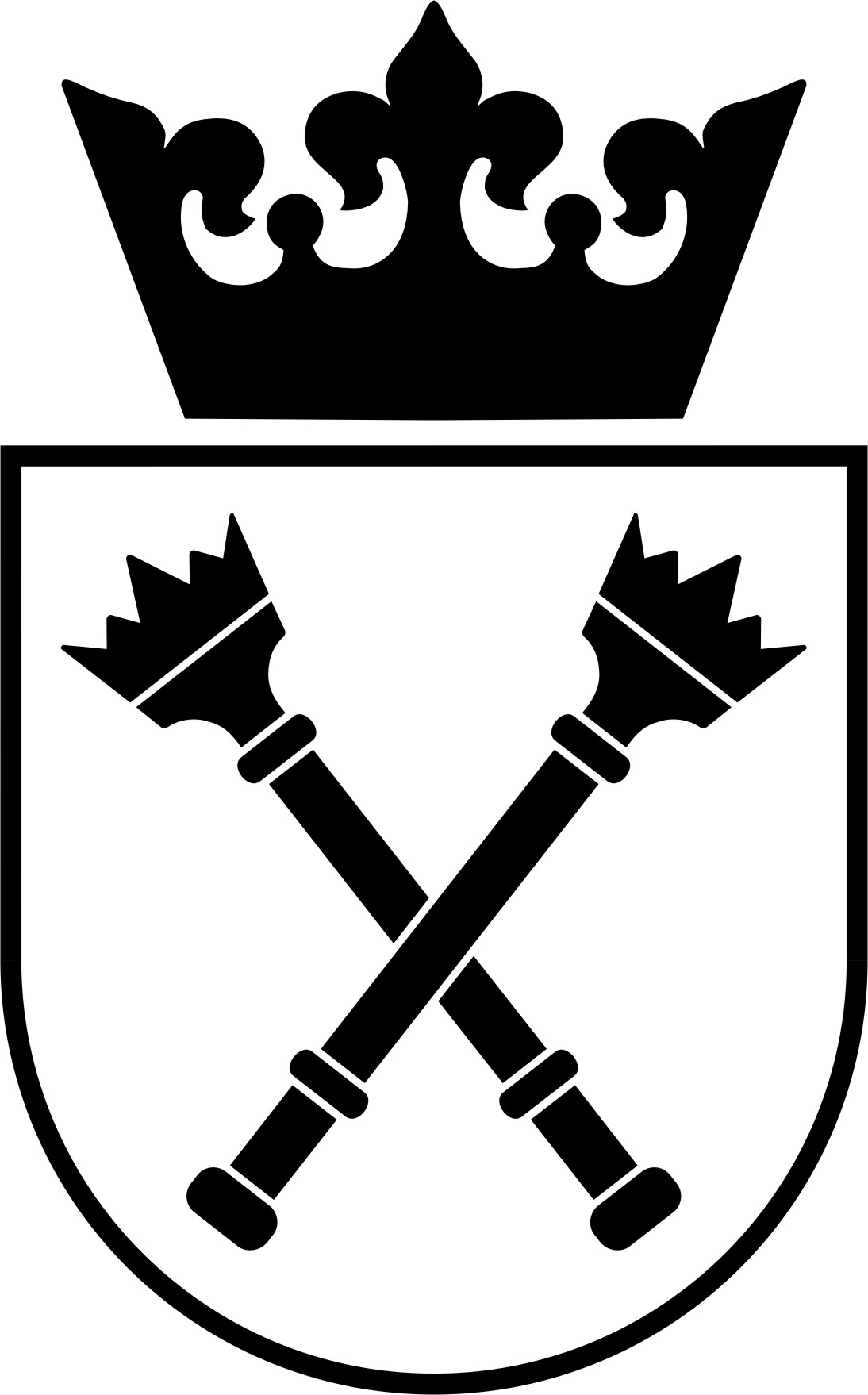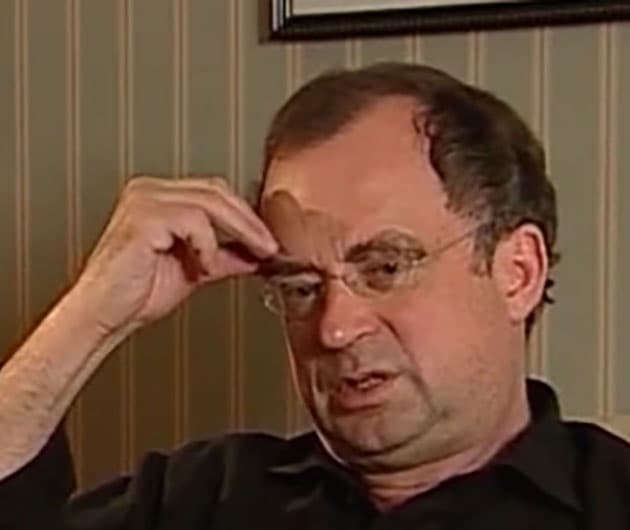Wojtyla Outside the Picture
A faithful friend, open to various people, with a developed imagination - a surprising picture of the future Pope emerges from the memoirs of Bishop Karol Wojtyla's friends from the Krakow years. Then these features were reflected in the style of the pontificate of John Paul II.
Fot. Jerzy Ciesielski, Romanka 1953 r.
What is the image of John Paul II cared for and preserved in the collective memory? It seems that we primarily remember him as the great Polish Pope gathering crowds during his pilgrimages, and as a man of dialogue, having a profound influence on world and human affairs. And what image of Karol Wojtyła has been preserved in the memory of his closest ones? What do his friends and people who met him in less official circumstances at different stages of his life say about him?
At Midnight in the Park
At times Wojtyła would deal with obstacles in a rather unusual way. Prof. Stanisław Grygiel, his colleague and friend, talks about the adventure they experienced in December 1974 in Cracow's Jordana Park. In the evening they went for a walk in the snow up to their knees to discuss Cardinal Wojtyla's drama "Radiating Paternity", the marriage and the Holy Trinity, and death... So did they get lost in the philosophical discussion that suddenly it turned up to be nearly midnight and the park had been closed. They were "imprisoned" inside. Mr. Stanislaw was worried about his wife, whom he had no way of notifying, since there were no mobile phones at that time. Then Cardinal Wojtyla reacted: "Don't be afraid! No worries, I know a hole in the fence here." And they did get out of the "trap" through that hole.
As Pope, John Paul II no longer did such stunts. However, he still happened to go beyond the boundaries of convention. The day after he was elected to the Holy See, he left the Vatican, which was a surprise to those around him, and went to Gemelli's clinic. He was led there by his friendship with Bishop Andrzej Deskur, who was paralyzed and was lying in the hospital.
Always on Our Side
Bishop Karol Wojtyła was famous for his numerous relationships with lay people: families, students, people of science and culture and so many others. He lived and breathed other people's problems. Ludmiła Grygiel tells the story from the Cracow times related to her family. One day her husband, Prof. Stanisław Grygiel, told Cardinal Wojtyla about their daughter's health problems. The very same day he bumped into him again at the Bishop's Curia. At that time a delegation of high officials from the Vatican had arrived to him. "He saw Cardinal Wojtyla walking with Archbishop Agostino Casaroli because he had just come to Poland for some meetings. And the Cardinal left all those noble officials, approached her husband and asked: “What are the results of your daughter's medical examination?”, recollects Ludmila Grygiel.
Stanisław Rybicki Jr., son of the befriended Rybicki family, also had the opportunity to experience Wojtyla's perfect memory. During a special ceremony, Cardinal Wojtyla was to appoint him as a lecturer. And he commented on it: "I joined your parents in holy matrimony. I baptized you and your brother, and you served me many times to the mass, I conceded you and now I shall bless you with the Benediction of the teachers". And Stanisław responded to him: "Dear Cardinal, I was Confirmed by Bishop Stanisław Smoleński". Wojtyla nodded his head, and did not deny it. After the ceremony, the boy realized that Cardinal Wojtyla was actually right, since just before the Confirmation ceremony two years ago, some changes had occurred and it was Wojtyla, indeed. And he, just a young lad, in the presence of bishops, the staff of the seminary and prelates, told the cardinal publicly that he was wrong. However, Wojtyla was not offended at all and did not mind it at all. "He remembered everything. He lived our lives. He remembered our problems, he remembered what was happening to us, he also remembered our joys, and I do not how to put it, but he was always on our side," concludes Stanisław Rybicki.
Superstrings (Superstructures) in Castel Gandolfo
John Paul II is called the Pope of Dialogue. He met with people of different views, representatives of numerous religions and confessions, promoted dialogue between states, religions and fields of science. As former German Chancellor Helmut Kohl said about him after his death, "He was the Pope in the full sense of the word - he was a bridge builder”, [derived from the Latin word „pontifex” - the Pope, ed.] He emphasized that in dialogue one should keep one's own identity, to say clearly "who I am, who I want to be and who I want to remain”, ( the speech to bishops on Jasna Góra in 1979).
As Archbishop of Krakow, Wojtyla promoted interdisciplinary dialogue between representatives of different branches of knowledge. For example, in his seat he organized meetings of doctors and theologians to discuss issues from the borderline between these two fields. These were "issues of body and spirit presented, on the one hand, by doctors or medical students and, on the other hand, by clerics", recalls Dr Ewa Jakubowska, who participated in them.
In the seat of the shepherd of Cracow, scientific discussions were also conducted by... Cracow physicists, headed by Professor Jerzy Janik. Although Wojtyła himself, apart from theology, was more familiar with philosophy and literature, he was eager to learn about the achievements of other disciplines. The initiative of famous scientific meetings in Castel Gandolfo originated from the circle of Cracow physicists. The first, still informal, congress of a group of scientists in the papal summer residence was organised by Professor Jerzy Janik in 1980. Later, these meetings took the form of debates on the problems of contemporary times with a more philosophical character and were attended by people of different views, such as Paul Ricoeur, Hans-Georg Gadamer, Robert Spaemann, Emmanuel Levinas and Leszek Kołakowski. The meetings were organized by philosophers: Father Józef Tischner and Krzysztof Michalski.
As the witnesses recall, the Pope did not speak often, he mainly listened to papers on intellectual currents and important topics of the contemporary world, as well as scientific issues. Conversations with outstanding scientists and thinkers gave John Paul II a broad view of the world and current scientific achievements. Archbishop Józef Życiński told the story of the Pope's meeting with a Japanese scientist. "One day one of the Krakow physicists had a lecture about superstrings and Garvitino. We all listened, the Holy Father listened, silent. On the second day he was supposed to receive a Japanese physicist who, probably a convert to Catholicism, wanted to meet with the Holy Father. The Pope invited him for breakfast and asked the question: 'What do you personally think about the existence of Gravitino? He choked himself, as he never thought he would hear questions of his own specialty from the highest authority in the Church.
Openness to different opinions and worldviews helped first the Bishop and then the Pope in making decisions on important and difficult matters. Such an issue was the publication of the new Code of Canon Law. Before the election of the Pope from Poland, the work on the new Church law carried out by specialists had already lasted for 20 years and was almost finished. It was thought that John Paul II, since he was not a lawyer, would simply sign the document. „Quite the opposite. One day I got a phone call to come over for dinner to the Pope and it turned out that there were seven of us. Seven, from different backgrounds, all lawyers (…)”, recalls Cardinal Zenon Grocholewski, who was a priest at that time and took part in these works. The Pope held fourteen meetings with them, three or four hours each. "He chose seven of us from different backgrounds, from different countries knowing that we would not agree," reports Cardinal Grocholewski. The new Church law was proclaimed in 1983, five years after Wojtyla was elected to the Holy See.
As Archbishop of Krakow, Wojtyla promoted interdisciplinary dialogue between representatives of different branches of knowledge. For example, in his seat he organized meetings of doctors and theologians to discuss issues from the borderline between these two fields. These were "issues of body and spirit presented, on the one hand, by doctors or medical students and, on the other hand, by clerics", recalls Dr Ewa Jakubowska, who participated in them.
In the seat of the shepherd of Cracow, scientific discussions were also conducted by... Cracow physicists, headed by Professor Jerzy Janik. Although Wojtyła himself, apart from theology, was more familiar with philosophy and literature, he was eager to learn about the achievements of other disciplines. The initiative of famous scientific meetings in Castel Gandolfo originated from the circle of Cracow physicists. The first, still informal, congress of a group of scientists in the papal summer residence was organised by Professor Jerzy Janik in 1980. Later, these meetings took the form of debates on the problems of contemporary times with a more philosophical character and were attended by people of different views, such as Paul Ricoeur, Hans-Georg Gadamer, Robert Spaemann, Emmanuel Levinas and Leszek Kołakowski. The meetings were organized by philosophers: Father Józef Tischner and Krzysztof Michalski.
As the witnesses recall, the Pope did not speak often, he mainly listened to papers on intellectual currents and important topics of the contemporary world, as well as scientific issues. Conversations with outstanding scientists and thinkers gave John Paul II a broad view of the world and current scientific achievements. Archbishop Józef Życiński told the story of the Pope's meeting with a Japanese scientist. "One day one of the Krakow physicists had a lecture about superstrings and Garvitino. We all listened, the Holy Father listened, silent. On the second day he was supposed to receive a Japanese physicist who, probably a convert to Catholicism, wanted to meet with the Holy Father. The Pope invited him for breakfast and asked the question: 'What do you personally think about the existence of Gravitino? He choked himself, as he never thought he would hear questions of his own specialty from the highest authority in the Church.
Openness to different opinions and worldviews helped first the Bishop and then the Pope in making decisions on important and difficult matters. Such an issue was the publication of the new Code of Canon Law. Before the election of the Pope from Poland, the work on the new Church law carried out by specialists had already lasted for 20 years and was almost finished. It was thought that John Paul II, since he was not a lawyer, would simply sign the document. „Quite the opposite. One day I got a phone call to come over for dinner to the Pope and it turned out that there were seven of us. Seven, from different backgrounds, all lawyers (…)”, recalls Cardinal Zenon Grocholewski, who was a priest at that time and took part in these works. The Pope held fourteen meetings with them, three or four hours each. "He chose seven of us from different backgrounds, from different countries knowing that we would not agree," reports Cardinal Grocholewski. The new Church law was proclaimed in 1983, five years after Wojtyla was elected to the Holy See.
The light in the car
Friends and acquaintances of the future Pope gently point out his minor flaws, e.g. he was not particularly punctual. He liked to drag meetings out, but often his numerous duties kept him in various places and he could not arrive on time. But when he promised, he always came, even if he was late.
Bishop Wojtyla coped with a multitude of tasks thanks to his exceptional diligence. Many witnesses mention the light in Bishop Wojtyla's car. His duties required many hours of driving. At that time, the bishop of Krakow sat in the back where he had the lamp installed and immediately got down to work, writing, reading, preparing speeches and lectures on the way. He did the same when he was travelling by train, for example to the Catholic University of Lublin, where he lectured. He did not waste any time. He followed an intensive rhythm, but perhaps even intensified, during his pontificate.
It was thanks to his relationship with God that he derived the strength to work, fulfil his duties, and have contact with so many people and remember their affairs. This is the secret of his entire life, but it is hard to fathom. The witnesses say one thing: he was completely focused in prayer, "sunken" as if the world around him did not exist. In the vortex of activities, spiritual life always came first. Later, thanks to the media, we were able to observe John Paul II's complete focus on prayer until the last moments of his life.
Bishop Wojtyla coped with a multitude of tasks thanks to his exceptional diligence. Many witnesses mention the light in Bishop Wojtyla's car. His duties required many hours of driving. At that time, the bishop of Krakow sat in the back where he had the lamp installed and immediately got down to work, writing, reading, preparing speeches and lectures on the way. He did the same when he was travelling by train, for example to the Catholic University of Lublin, where he lectured. He did not waste any time. He followed an intensive rhythm, but perhaps even intensified, during his pontificate.
It was thanks to his relationship with God that he derived the strength to work, fulfil his duties, and have contact with so many people and remember their affairs. This is the secret of his entire life, but it is hard to fathom. The witnesses say one thing: he was completely focused in prayer, "sunken" as if the world around him did not exist. In the vortex of activities, spiritual life always came first. Later, thanks to the media, we were able to observe John Paul II's complete focus on prayer until the last moments of his life.
The recorded memories of the Centre for Thoughts of John Paul II and the Tertio Millennio Institute allow us to get to know Karol Wojtyła / John Paul II better, as a man of blood and bones. His focus on the other man, open horizons and a broad vision were later reflected in the style of his pontificate. John Paul II traveled around the world, remaining close to the problems of people on all continents, boldly initiated global ventures such as World Youth Days or Days of Prayer for Peace, met with people of different views and "infected" others with his deep faith.
Barbara Stefańska
The article was published in "wSieci Historii" magazine, May-June 2020
Sources
Video Records
Project implemented by: 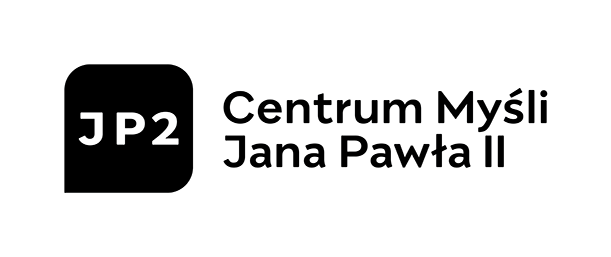

Project co-financed by: 

Patronage: 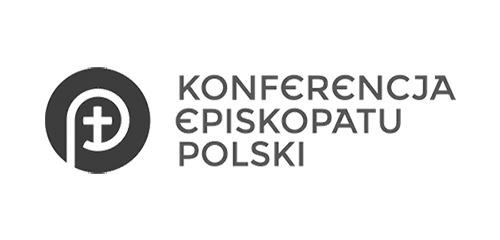

Partners: 